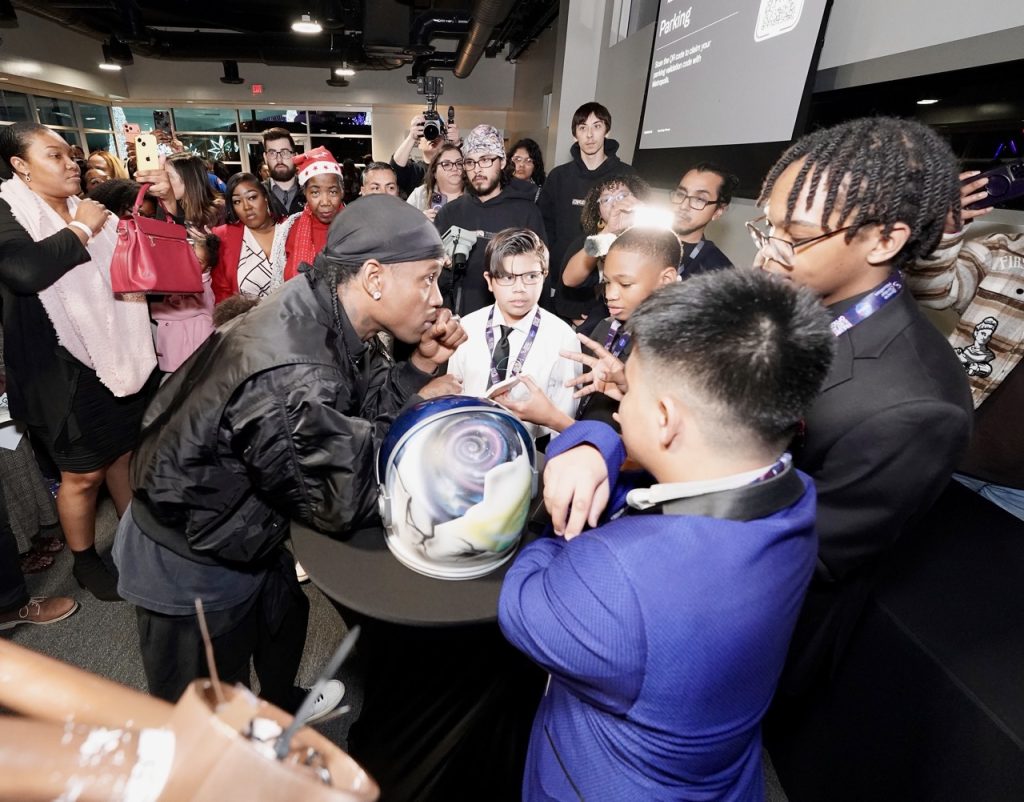
NASA’s SpaceX Crew-3 mission will launch four astronauts aboard a Crew Dragon spacecraft on a Falcon 9 rocket from Launch Complex 39A at Kennedy Space Center to the International Space Station as early as next month.
About the mission
Crew-3 is currently scheduled to launch no later than Oct. 31. It will be the third crew rotation mission with astronauts on an American rocket and spacecraft from the United States to the space station, and the fourth flight with astronauts, including the Demo-2 test flight in 2020, Crew-1 mission in 2020-21, and the ongoing Crew-2 flight as part of the Expedition 65 crew.
The Crew-3 mission will launch four aboard a Crew Dragon spacecraft and Falcon 9 rocket from Launch Complex 39A at NASA’s Kennedy Space Center in Florida. The crew is scheduled for a long-duration stay aboard the orbiting laboratory, living and working as part of what is expected to be a seven-member crew.

About the crew
Assigned to the mission are NASA astronauts Raja Chari, mission commander, Tom Marshburn, pilot, and Kayla Barron, mission specialist, and European Space Agency astronaut Matthias Maurer, mission specialist.
- Chari was selected by NASA to join the 2017 Astronaut Candidate Class. He reported for duty in August 2017 and is currently training for NASA SpaceX Crew-3 mission. The Iowa native graduated from the U.S. Air Force Academy in 1999 with bachelor’s degrees in Astronautical Engineering and Engineering Science. He continued on to earn a master’s degree in Aeronautics and Astronautics from Massachusetts Institute of Technology and graduated from the U.S. Naval Test Pilot School.
- Dr. Marshburn was selected by NASA in 2004. He holds a Bachelor of Science in Physics from Davidson College, North Carolina; a Masters in Engineering Physics from the University of Virginia; a Doctorate of Medicine from Wake Forest University; and a Masters in Medical Science from the University of Texas Medical Branch. The North Carolina native is a veteran of two spaceflights, STS‐127 and Expedition 34/35. Prior to becoming an astronaut, Marshburn served as a Flight Surgeon, assigned to Space Shuttle Medical Operations and to the joint U.S./Russian Space Program and eventually became the Medical Operations Lead for the International Space Station.
- Barron was selected by NASA to join the 2017 Astronaut Candidate Class. She reported for duty in August 2017 and is currently training as Mission Specialist for NASA SpaceX Crew-3 mission. The Washington native graduated from the U.S. Naval Academy with a bachelor’s degree in Systems Engineering. A Gates Cambridge Scholar, Barron earned a master’s degree in Nuclear Engineering from the University of Cambridge. As a Submarine Warfare Officer, Barron was a member of the first class of women commissioned into the submarine community.
- Matthias participated in the selection process for ESA astronauts in 2008/2009. He joined ESA in 2010 as a crew support engineer and eurocom for the Columbus flight control team. Matthias formally joined the European astronaut corps in July 2015, and successfully graduated from both basic astronaut training and pre-assignment training in 2018. He received a European engineering diploma in materials technology from the EEIGM/INPL and two further engineering diplomas in materials science and materials technology, both from Saarland University. He earned a master’s degree in economics for engineers from the Open University. In 2004 Matthias graduated with a doctorate in materials science engineering from the Institute of Materials Sciences of the Technical University. In 2012 Matthias took a lead role in ESA Astronaut Centre projects to prepare for future spaceflight operations with new international partners and extend the Agency’s human exploration expertise beyond the International Space Station.
Crew-3 astronauts plan to arrive at the station to overlap with NASA astronauts Shane Kimbrough and Megan McArthur, Japan Aerospace Exploration Agency (JAXA) astronaut Akihiko Hoshide, and ESA (European Space Agency) astronaut Thomas Pesquet, who flew to the station as part of the agency’s SpaceX Crew-2 mission in April 2021.

About the program
NASA’s Commercial Crew Program is working with industry through a public-private partnership to provide safe, reliable, and cost-effective transportation to and from the International Space Station, which will allow for additional research time and will increase the opportunity for discovery aboard humanity’s testbed for exploration. The space station remains the springboard to space exploration, including future missions to the Moon and Mars.








